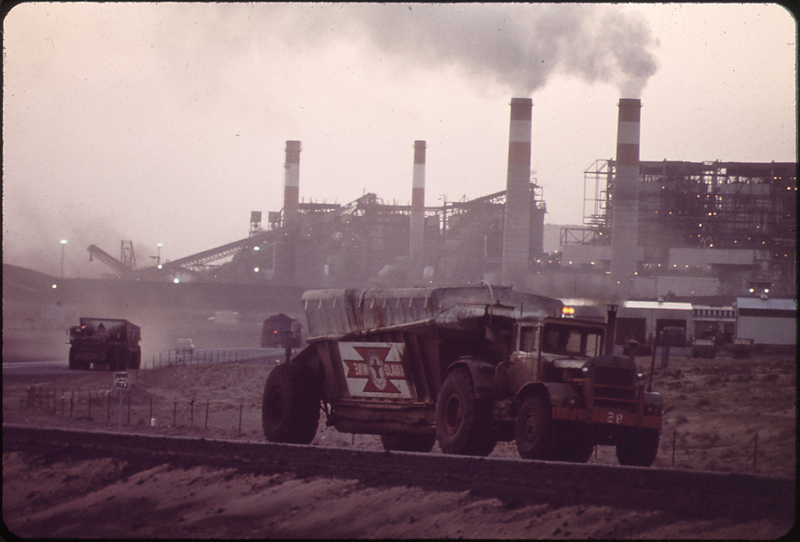Coal's U.S. comeback


Coal generated at least 40 percent of U.S. electricity from November of last year through March, taking a clear lead over natural gas, which a year ago had equalled coal but which is losing some appeal as its cost rises.
Natural gas' share fell to 25 percent in the same period, according to preliminary figures from the U.S. Department of Energy's Energy Information Administration (EIA). In April 2012, the two fossil fuels each accounted for 32 percent, marking the first time natural gas had matched coal since EIA started tracking the fuels' contributions.
The equality was short-lived. As EIA observed:
"Since May 2012, a combination of higher prices for natural gas and increased demand for electricity during the summer months led electric systems across much of the country to increase their use of coal-fired units. In March 2013, coal-fired units generated a little over 130,000 megawatthours of electricity, while natural gas units produced nearly 85,000 megawatthours. Heading into the 2013 spring shoulder season (between winter and summer), when demand for electricity typically falls, higher prices for natural gas reduced the fuel's share of total generation below the record levels of last April."
While coal's power generation cost has dipped slightly from $2.41 per million Btu (British thermal unit) in March 2012 to $2.35 per million in March 2013, natural gas has risen from $2.96 per million Btu to $4.30 per million in the same period, a separate EIA report shows. The agency forecasts that gas will rise to $4.74 next year while coal will nudge up to $2.44.
Both fossil fuels emit nitrogen oxide pollutants and CO2 - a greenhouse gas that heats the planet - but coal's emissions are significantly higher. Natural gas' nitrogen oxide is about 30 percent of coal's, and its CO2 about 43 percent or slightly more.
The burning of coal and gas also emits radioactive substances, a practice allowed under Naturally Occurring Radioactive Materials (NORM) provisions.
Coal is king again, but it's still below its historically high levels. Its share of U.S. electricity generation ranged between 48 percent and 51 percent from 2001 to 2008, according to EIA.
An EIA chart (below)shows that in March, nuclear's share stood at around 20 percent, and hydro and renewables contributed roughly 8 percent each.
Coal's U.S. strengthening brings to mind a forecast by the International Energy Agency, which said last December that coal is on pace to catch oil as an overall energy source globally within 10 years.
Photo is by Lyntha Scott Eiler from the U.S. National Archives, via Flickr. Chart is from the Energy Information Administration.
More from SmartPlanet's coal furnace:
- MIT experts: Nuclear exit would cost U.S. environment, economy
- Nuclear: Less CO2 than solar, hydro, biomass
- World Bank boss urges coal for poor countries
- The future of energy? Coal
- Nuclear down, CO2 up in Japan, Germany
This post was originally published on Smartplanet.com
